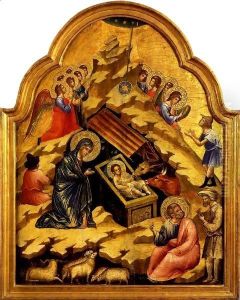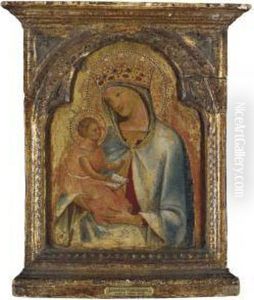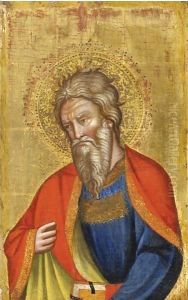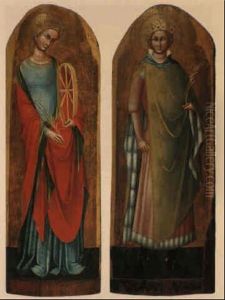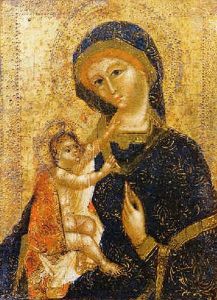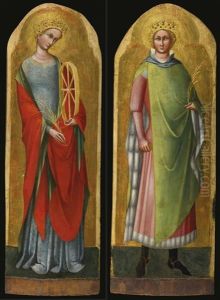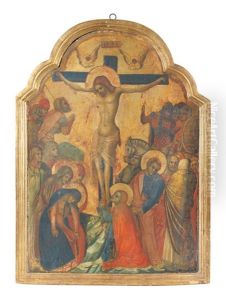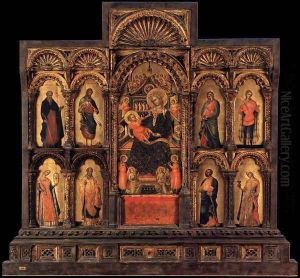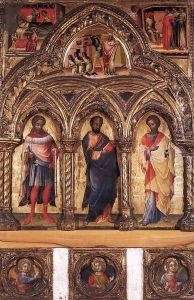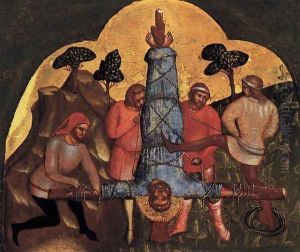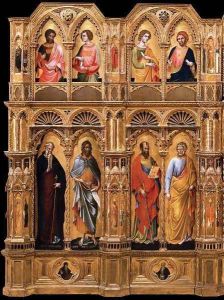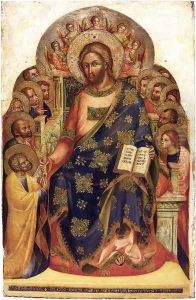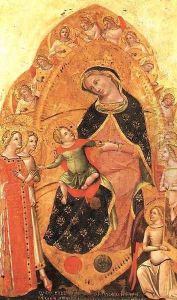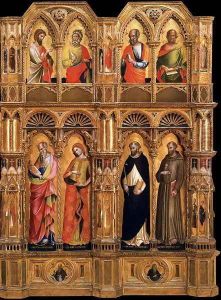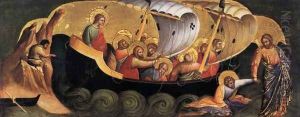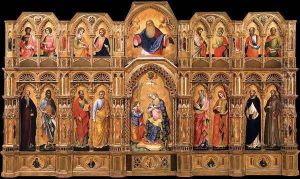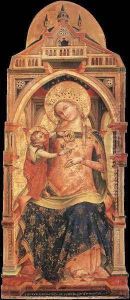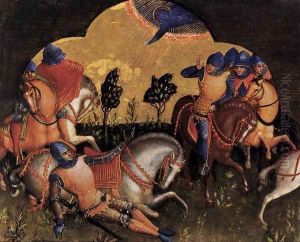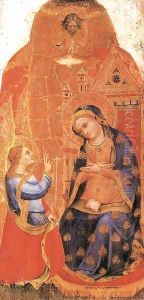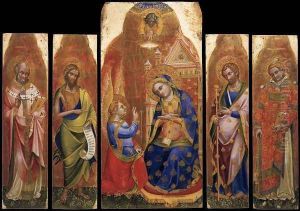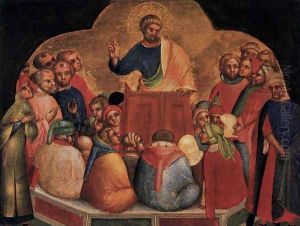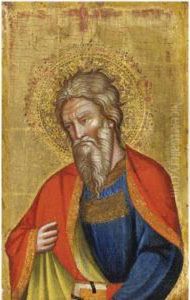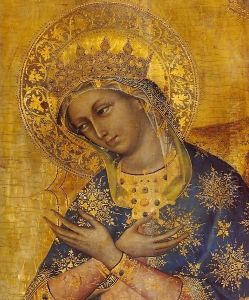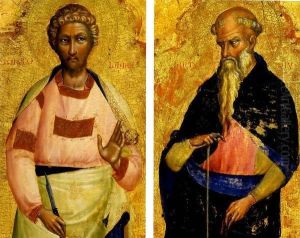Lorenzo Veneziano Paintings
Lorenzo Veneziano, an influential artist of the Venetian school, emerged as a prominent painter during the mid-14th century. While his exact birth date is unknown, his active period is well documented, beginning in 1356, which provides the earliest known record of his work. His artistic career was relatively short-lived, as the latest known record of his activity dates to around 1372, suggesting that his death may have occurred shortly thereafter.
Lorenzo Veneziano's work is characterized by a blend of the Byzantine artistic tradition, which was deeply rooted in Venice's cultural heritage, and the emerging Gothic style that was spreading through Europe at that time. His paintings are noted for their vivid colors, elegant figures, and the use of gold leaf, which added a divine luminescence to his works. Lorenzo's art played a significant role in the evolution of Venetian painting, as he was among the first to introduce the more expressive and ornamental Gothic elements into the predominantly Byzantine aesthetic.
One of his most recognized works is the 'Altarpiece of St. Lucy', which was created for the Church of San Geremia in Venice. This piece is a prime example of his ability to harmoniously blend the two styles and is considered a masterpiece of 14th-century Venetian art. Despite the scarcity of surviving records about his life, Lorenzo Veneziano's influence persisted, paving the way for later Venetian masters such as Giovanni Bellini and others who contributed to the distinct style of the Venetian Renaissance.
Unfortunately, due to the limited documentation available from the period, little is known about Lorenzo Veneziano's personal life, training, or the extent of his works. However, his surviving paintings, mostly religious in nature, continue to be studied and admired for their artistry and historical significance in the development of Venetian painting.
